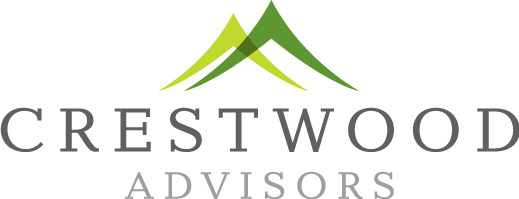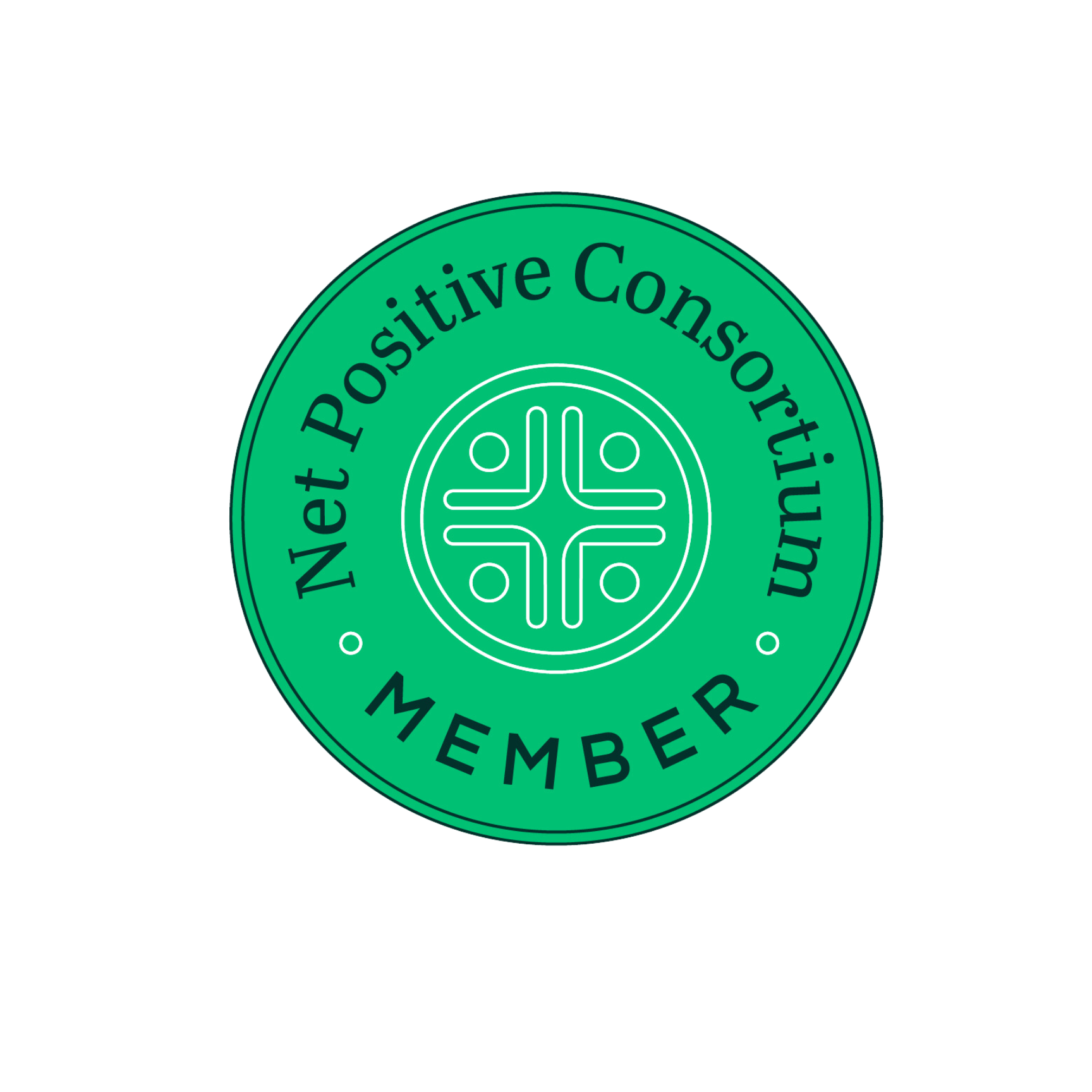Navigating the complexities of wealth management often involves strategic moves to optimize tax efficiency. Two such strategies, Downstreaming and Upstreaming, are approaches to managing unrealized gains by moving securities between generations.
Downstreaming: Passing unrealized gains to someone in a lower tax bracket
Gifting stocks with unrealized gains to people in lower tax brackets can be a thoughtful and potentially tax-efficient way to share wealth. The cost basis and acquisition date of the stock will carry over to the recipient. They will not owe taxes at the time of the gift but will owe taxes at the time of sale. However, since the recipient is in a lower bracket, the amount of taxes due could be lower.
For example, consider the hypothetical case of the Clampett family. They have amassed a large amount of wealth in the family’s oil business and live in Beverly Hills, California. The patriarch, Jed, has a combined Federal and State long term capital gain tax rate of 33%. Jed has a large amount of Clampett Oil stock with a zero-cost basis that currently has a market value of $100 per share.
He wants to support his nephew Jethro and his wife by giving them each an annual gift of $18,000. They live in Florida, have a household income of $80,000 and two children. Thus, an extra $36,000 annually would be a significant windfall.
If Jed sold Clampett Oil stock to raise cash for the gift, for each share sold he would realize $100 of long-term gains taxed at 33%. Thus, he would have to sell $53,731 of stock to transfer $36,000 of cash.
If Jed were to give Jethro and his wife shares of Clampett Oil totaling $36,000 market value and have them sell the shares instead, due to their income, living in Florida, and having two dependents, they would owe zero capital gains. Downstreaming the appreciated stock allowed Jed to avoid paying $17,731 in taxes to make his $36,000 gift.
An additional benefit for those who may be facing estate taxes is that these gifts help reduce the size of the giver’s taxable estate.
There are many common situations where it may be advantageous to use appreciated securities rather than cash:
- Wealthy parents or grandparents helping their less-wealthy adult children or grandchildren with rent and other living expenses.
- Helping extended family members who are living on fixed income or Social Security.
- New college graduates, who commonly have income from only May to December of their graduation year.
It is essential to have a good understanding of both the giver and the receiver’s Federal, State, and Local taxes. In the example above, California has a high tax on capital gains, while Florida has none. If Jethro and his wife were residents of New York City rather than Florida, their Federal tax bracket would not change but they would have faced both New York State and City taxes when the shares were sold, thus decreasing the final amount of the total gift.
Your Crestwood team can help you identify situations where Downstreaming may make sense and work through each step of this process.
Upstreaming: Passing unrealized gains up one or more generations
In contrast to the gifting strategy above, Upstreaming is the practice of giving appreciated securities from a younger generation giver to an older generation receiver who then passes assets back to the younger party upon their passing.
The process works like this:
- A younger party who has significant unrealized gains makes a gift to the older party.
- This can be in the form of recurring annual exclusion amount gifts ($18,000 in 2024) or as a larger amount in a single year (which requires the giver to file a gift tax return as this uses a portion of the giver’s lifetime exclusion amount.)
- After the gift is given, the older party updates his or her estate documents to bequeath the assets back to the younger giver or another party upon their passing.
- If multiple family members are Upstreaming, a best practice is to create individual accounts to track each person’s gifts to simplify estate settlement.
- At death, the older party person’s assets receive a “step-up” in cost basis, meaning the cost for determining taxable gains is adjusted to the market price at the time of passing.
- The earmarked assets are then passed back to the younger party with the stepped-up basis.
This strategy works particularly well if the younger party would likely have estate taxes at their passing while the older recipient’s estate is below the lifetime estate tax exemption ($13.61 million in 2024).
Section 1014(e) of the tax code does place restrictions on how this process works, however they can be manageable by planning ahead:
- The older party must live beyond one year from the gift date OR
- The older party must bequest the appreciated asset to someone other than the original donor or their spouse
Failure to meet either requirement would result in the securities not receiving a step-up in basis.
Returning to the Clampett Oil family above, Jed’s mother-in-law Daisy is 80. Daisy owns her home but has no assets of her own. Jed’s daughter Elly has $6 million of Clampett Oil stock gifted to her by her father with the same zero cost basis. She has no other assets and thus would like to diversify her portfolio, but capital gains are an obstacle.
Using the Upstreaming technique:
- Elly transfers her $6 million of Clampett Oil to Daisy. Elly will need to file a gift tax return since this is over the $18,000 annual gift exclusion amount.
- Daisy updates her will and creates a new taxable account to hold the shares.
- Daisy passes away over a year later and in that time, Clampett Oil stock has increased in value from $100 to $120 per share.
- The cost basis of the Clampett Oil shares in the account for Elly is stepped up from zero to $120 per share.
- The executor follows through on the instructions in the will and distributes the shares back to Elly. Daisy’s other assets such as her home pass through her will normally.
- Elly is now free to sell the Clampett Oil shares and diversify without having to pay capital gains.
Managing Capital Gains is an Ongoing Process: Start Planning Now
A small investment of time and planning today may lead to lower tax bills tomorrow. Whether you’re looking to support loved ones or safeguard your legacy, Downstreaming and Upstreaming strategies may offer tangible benefits. If you are interested in learning more about these and other strategies, please reach out to your Crestwood team.




